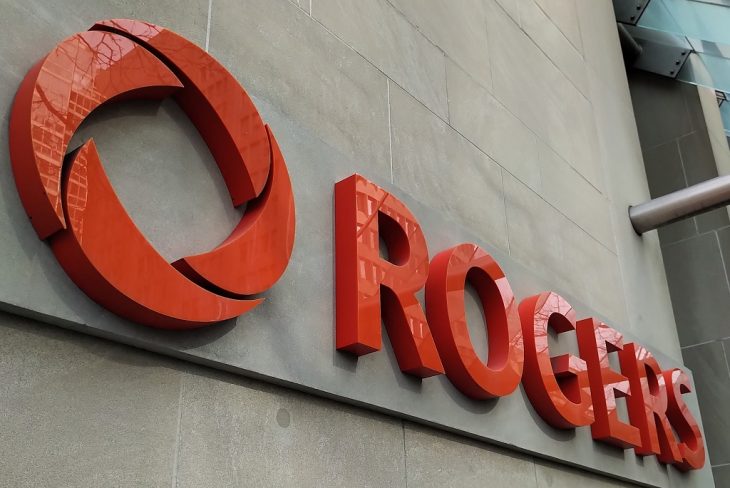
By Ahmad Hathout
Rogers says it is being hamstrung by having to set aside money for the $750-million Broadband Fund that it says is not efficiently distributing money to projects.
The cable giant said in a Part 1 application made public Monday that it has to tie-up millions of dollars in “uncalled” contributions – amounts that the telecom must be ready deliver to the National Contribution Fund (NCF) when requested – which is creating large liabilities on its balance sheet.
It is asking the CRTC to change the NCF’s collection practices to prioritize the amounts that are waiting to be collected over the draw of annual scheduled amounts, which are currently set at $150 million.
To bankroll the fund created to bring high-speed internet to underserved areas, the NCF, which also supports the video relay service (VRS), had been scheduled to draw increasing amounts every year: $100 million in the first, $125 million in the second, $150 million in the third, $175 million in the fourth and $200 million in the fifth from telecoms making $10 million or more. The amounts to be collected are based on percentages of eligible telecom revenues and are determined near the end of the year.
But there have been documented gaps in amounts collected and allocated versus amounts actually delivered to projects. Bell first brought forth an application complaining about these discrepancies in December 2022, identifying nearly $150 million of unspent cash and asking the commission to return that money and stop the collection of new dollars until it completes its scheduled review of the fund.
The CRTC rejected the popular application a year later, arguing in part that it must “maintain sufficient funds to approve additional funding requests.” The regulator has, indeed, approved multiple requests to increase amounts for certain Broadband Fund projects that had unforeseen cost increases.
Bell’s application came after the CRTC, in March 2023, capped annual collection at $150 million until it completes that fund review, which contemplates possibly broadening its scope, including to cover operational costs.
But until it releases that decision, Rogers says telecoms are being handicapped by the lingering uncertainty.
“The review is still ongoing over two years later and the level of appropriate annual funding of the Broadband Fund going forward remains unclear,” Rogers said in its application. “At present, TSPs have no knowledge of how long they will continue to make contributions to the Fund and how much these contributions may be.
“Should the Commission decide to expand the Fund to cover operational costs, the Fund’s lifetime could increase far beyond its original five-year term – imposing an indefinite and very significant financial burden on TSPs and their end-customers without any decision on the final amount or on the basis of determining what, if any, new annual amounts should be collected in 2025 and future years,” the cable company added.
Rogers is recommending the CRTC order the NCF, run by the Central Fund Administrator (CFA), to prioritize uncalled amounts; reduce the annual contribution percent to factor only funding for the VRS and not Broadband Fund collection, lest it grow the uncalled accounts; allow telecoms to claw back uncalled money corresponding to excess amounts collected this year; and for next year, reduce the annual contribution percent to amounts needed for VRS and forecasted Broadband Fund payments for that year minus uncalled contributions at the end of 2025 plus overhead and admin costs.
In the alternative, though less impactful than the first option, Rogers said the CRTC could permit the telecoms to release half their uncalled contributions on a one-time basis.
“With either option, we ask the Commission to direct the CFA to more closely align its annual contribution requirements with its outgoing cash flows for the year,” the cable giant said. “Once the Commission awards funding to a project, it should be able to predict the Fund’s disbursements to that project with reasonable accuracy in time and quantity. For this reason, we expect that the Commission should be able to predict the Fund’s projected total cash outflows in the short to medium term.”



